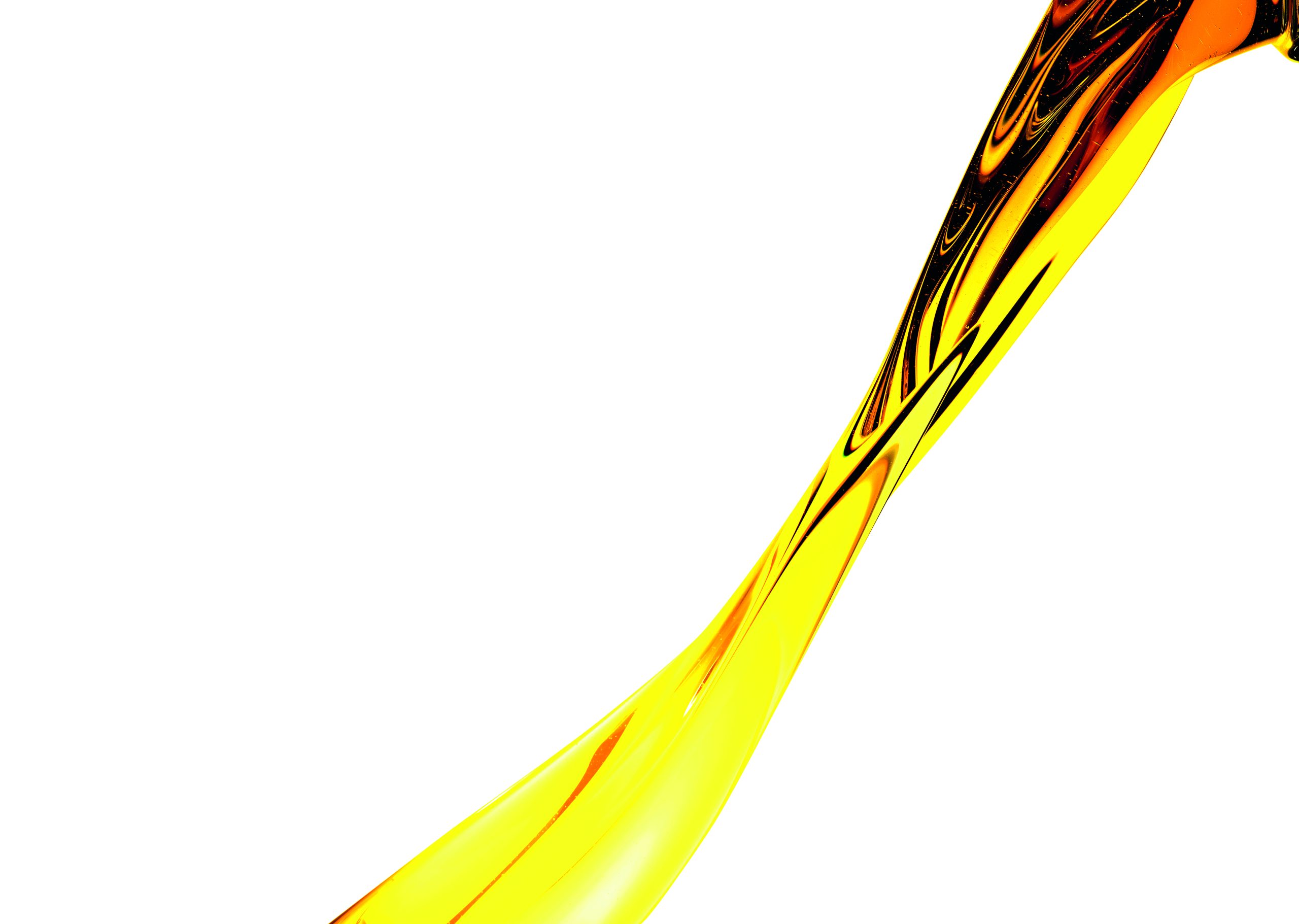High-temperature on-load tap-changers get considerably better performance out of ester transformers.
Using esters instead of mineral oil in transformers is by no means a new concept. Given their biodegradable attributes, both synthetic esters (pentaerythritol tetra fatty acid esters) and their natural counterparts (triglycerides) are the perfect choice for transformers in areas prone to flooding, nature reserves, locations close to the sea, and offshore wind farms – and some applications in these contexts even stipulate that esters have to be used. In 2015, a transformer malfunction caused mineral oil to spill into the Hudson River in New York state, leading to an expensive and laborious clean-up operation. A growing number of operators are keen to prevent any damage that might befall their own facilities leading to unforeseeable costs like this—and are switching to transformers that operate with esters instead.
Another advantage of esters is that they make transformers safer to use thanks to a low level of flammability – putting them in a category referred to as class K—with a combustion point above 300 degrees Celsius. This means that the fire load of this alternative insulating material is much lower than other types, and that any fires which do break out can be extinguished easily. In sharp contrast, transformer fires involving mineral oil are extremely difficult to quench. As such, esters easily comply with safety requirements—even the very strict ones—that are imposed on high-voltage installations in densely populated urban areas and relate to fire prevention, toxic fumes, and explosion damage in the event of a malfunction.
Since there is already a clear trend toward the use of ester transformers, why not make the most of further advantages of these insulating liquids? Esters have a higher combustion point than mineral oil, allowing for operating temperatures of up to 150 degrees Celsius (as compared with 115 degrees Celsius in transformers that use mineral oil). If on-load tap-changers and motor-drive units are also able to withstand operating temperatures of this magnitude, then this means that a transformer will be able to transfer more power but without having to increase in size.
NEW OPPORTUNITY
MR has made several developments with this in mind: Its VACUTAP® VR® high-temperature on-load tap-changers, DEETAP® DU high-temperature de-energized tap-changers, and TAPMOTION® ED motor-drive units allow ester transformers to run in a controlled overload state over several weeks or months. This new opportunity is set to benefit transformer operators in megacities and mobile applications in particular.
A Solution for Megacities
In large cities, operators are repeatedly confronted with the need to maintain more infrastructure in a consistently small space due to the increasing demand for energy. High-temperature transformers are the ideal solution here. They are able to achieve the same performance with a reduced size, or higher performance with the same size. When transformers are being replaced, the existing foundation can normally be used without the need to extend it. In many cases, the resulting construction cost savings alone balance out the acquisition costs of ester insulating fluid, which are roughly double compared to mineral oil.
“Not only can transformers that operate with esters deliver more power, they are also safer.”
Operators of mobile transformers can also benefit from a more compact structure that delivers the same level of performance: A transformer of this kind can reach its destination more quickly in the event of an emergency, since obstacles such as low bridges no longer pose an issue, and the lower weight makes transportation easier too.
What also makes these mobile transformers so resilient in emergency situations is their maximum overload capability of 150 degrees Celsius, which they are able to maintain over an extended period. Additionally, it is worth noting that safety restrictions in many countries, the USA included, prohibit the transportation of transformers filled with mineral oil—so in these cases, ester transformers are the go-to solution. With MR equipment added to them, they then become high-temperature transformers.
Service Life Put to the Test
On-load tap-changers can also be filled with esters as an insulating fluid to make them capable of withstanding high temperatures. Synthetic or natural esters are both options, but natural esters are generally preferred due to their carbon-neutral credentials, which make them an especially eco-friendly choice.
While esters in transformers are only required to cool and electrically insulate active parts and bushings, in on-load tap-changers they need to meet four additional criteria in order to ensure that the equipment maintains a long operating life. These criteria relate to lubricity, arc elimination behavior, viscosity, and compatibility with other materials. MR has been investigating esters for use in on-load tap-changers and de-energized tap-changers as part of a comprehensive series of tests spanning more than ten years.
- Where lubricity is concerned, it has not been possible to identify any notable difference between esters and mineral oil, which has already been tried and tested in this area.
- The behavior that esters demonstrate in eliminating arcs is not as good as that of mineral oil. This is of little consequence to on-load tap-changers that use vacuum-switching technology, however, as any switching arcs that do occur are fully encapsulated within the hermetically sealed vacuum interrupters. Additionally, the only kind of wear that esters undergo in vacuum switches is thermal aging, which means that there is usually no need to change the insulating fluid at any point during the tap changer’s service life. Using esters in de-energized tap-changers sometimes requires a higher level of dielectric strength, although this can be resolved through actions such as opting for a higher voltage range (in Um).
- Esters are much more viscous than mineral oil, but this has only had a moderate impact on switching behavior in cold conditions during testing, where it has been shown that the lower temperature limit of esters is slightly above that of mineral oil.
- In material compatibility tests, we have identified that seals with certain rubber formulations become hard and brittle in synthetic esters, but swollen and soft in natural ones. In applications involving esters, MR therefore uses only Viton seals as they have proven themselves to be fully compatible with this kind of fluid. While the plastics used in on-load tap-changers do not react with esters, they still need to withstand the higher temperatures at which the equipment is run… To achieve this, MR uses special high-tech plastics that undergo neither elastic nor plastic deformation even when they are exposed to exceptionally high operating temperatures.
Following extensive rounds of testing and several hundred installations of ester-based on-load tap-changers in the field, including special applications such as traction transformers and test-field transformers, MR can say with certainty that operators will get much better performance out of their ester transformers if they use high-temperature on-load tap-changers—and will benefit from safe operation throughout the equipment’s service life.
YOUR CONTACT

Are you looking for a high-temperature transformer?
Sebastian Rehkopf, Technical Product Manager, is here to help:
S.Rehkopf@reinhausen.com
